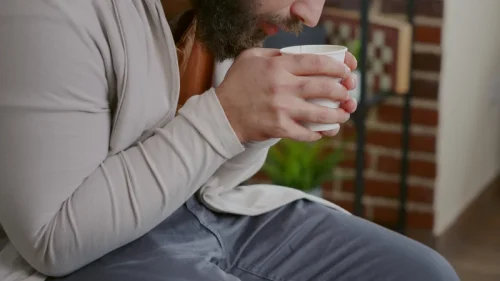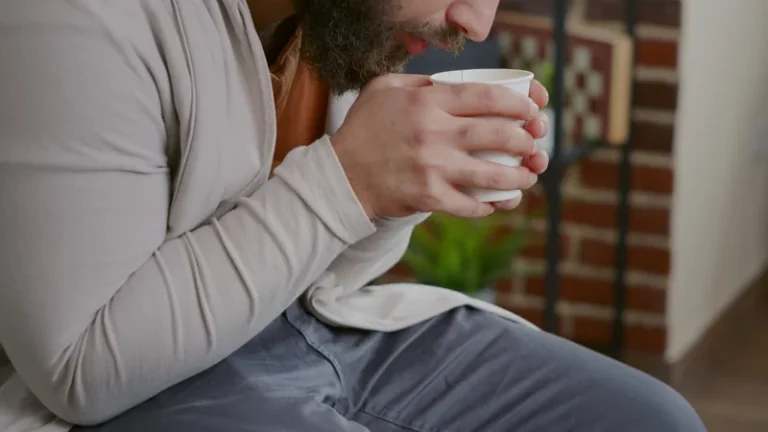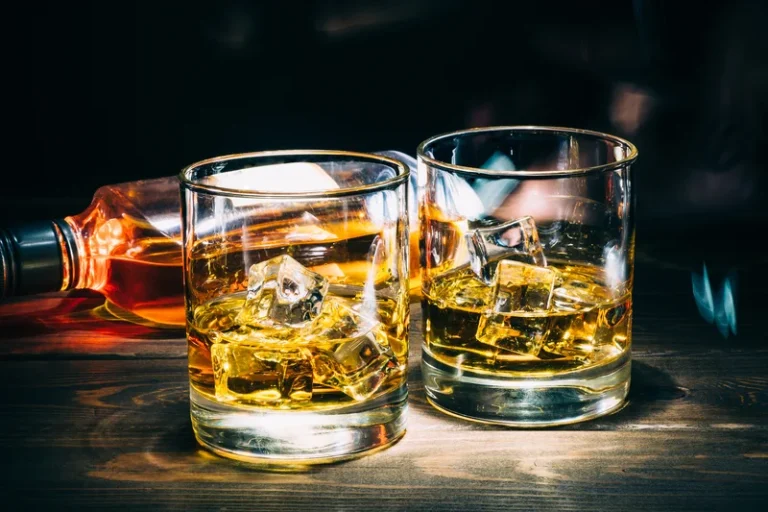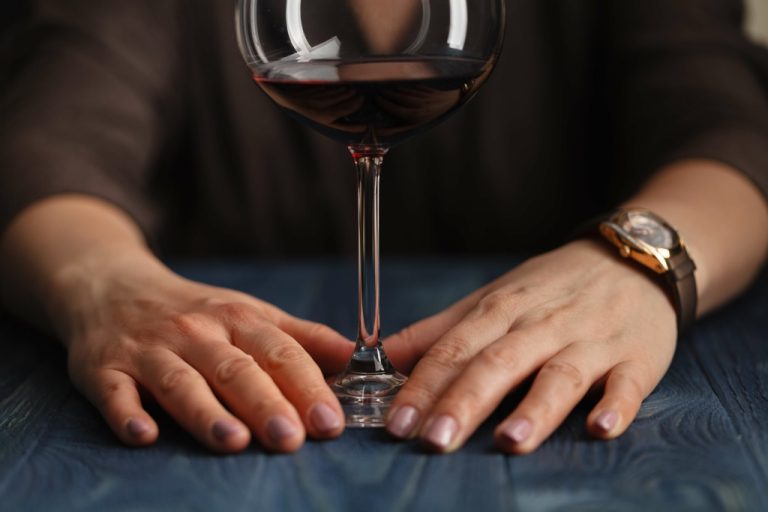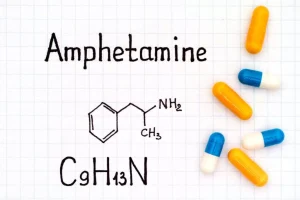Got Brain Fog? Here’s How Alcohol Affects Your Dopamine and Reward System
Parkinson’s disease and certain metabolic disorders, for instance, can deplete dopamine. Dopamine plays many important roles in the body, affecting moods, memory and sensations of pleasure and pain. It’s the chemical that drives https://ecosoberhouse.com/ us to seek food, sex and exercise and other activities that are crucial to our well-being and survival. The brain uses billions of neurotransmitters to manage everything from our breathing to our heartbeat to our digestion.
- Burst-firing can also influence motivational arousal; consider the behavior of an animal when a pheromone-emitting conspecific passes nearby.
- The D1 receptor binds with excitatory G protein and activates adenylate cyclase (AC) via Gs; AC catalyzes the production of cAMP and cAMP regulates cAMP-dependent protein kinases to open calcium ion channels.
- In addition, using a combination of activity dependent genetic tools and chemogenetic manipulations, a small ensemble of mPFC neurons was shown to serve as a memory to cue induced relapse to alcohol use [99].
- Consequently, alcohol’s effects on serotonin may alter the activity of GABAergic neurons in the hippocampal formation.
These in turn affect the activity of several second messenger cascades and intracellular signaling pathways. These pathways mediate long-lasting cellular adaptations affecting, among others, translation and synaptic plasticity, which contribute to neuronal adaptations underlying AUD. In the nucleus of neurons, alcohol has complex effects on the epigenetic regulation of gene expression. These complex and highly interlinked pathways activate specific gene expression programs, which underlie neuronal maladaptations and contribute to the development of alcohol use disorder. Indeed, preclinical work emphasizes the role of NAc in stimulus-reward learning [17, 104], which extends to drug-related cues [22, 105,106,107].
The Connection Between Alcohol and Dopamine
When burst-firing develops in response to reward-predictors it enables cellular learning in surrounding synapses; these are glutamate-GABA synapses localized within microns of the sites of dopamine release. Fortunately, cognitive impairments created by alcohol are reversible with abstinence. Of course, even if your goal isn’t abstinence, reducing alcohol consumption to light or moderate levels is going to help. Either way, the good news is that your brain can restore its natural chemical levels and even return to normal functioning. Most people see improvements within just a few months and can expect dopamine levels to be back to normal after a year or so (depending on how heavily you drank).
For example, projections from the mPFC to the dorsal striatum have been linked to habitual alcohol drinking and continued use despite negative consequences. Further, neurons projecting from the mPFC to the dPAG play a critical role in compulsive drinking. Strikingly, mice alcohol and dopamine that display inhibitory activity in this circuit during the first alcohol exposure are more likely to develop compulsive drinking behavior. Several studies have shown that changes in the DA system in the CNS can influence drinking behaviors both in animals and in humans.
Dopamine’s Role in the Development of Alcohol Dependence
Another example of a recent discovery facilitated by novel approaches is that aldehyde dehydrogenase 2 (ALDH2) in cerebellar astrocytes promotes alcohol metabolism, GABA production and ethanol-induced intoxication in mice [11]. Importantly, the neurobiological basis of AUD appears in many cases to manifest in a sex-specific manner. Understanding convergence and divergence between mechanisms in males and females will continue to be critical moving forward [111,112]. Several recent studies have built on classic literature to further detail the mechanisms by which presynaptic dopamine signaling and postsynaptic activity of medium spiny neurons (MSNs) orchestrate motivated behavior and its dysregulation by chronic alcohol drinking [71,72]. In addition, alcohol also engages feeding circuits in the hypothalamus which in turn indirectly modulates dopamine neuron activity [74]. Studies in animal models indicate that following long-term use of alcohol, striatal circuits and receptors undergo a range of adaptations [75,76].

Carbidopa-levodopa is a combination medication that helps increase your brain levels of dopamine to help ease some of the motor symptoms of PD. Some evidence suggests that heavy alcohol use, such as what’s seen in alcohol use disorder, may lead to an increased risk of PD. Alcohol has been described as a ‘favourite coping mechanism’ in the UK and is commonly used to try and manage stress and anxiety, particularly in social situations, giving us what’s sometimes called ‘Dutch courage’ [2]. Since alcohol can increase the body’s production of dopamine and serotonin, two of the body’s ‘happy hormones’, it can temporarily make us feel less anxious. Just like chocolate cake, your brain can easily get addicted to the rush of dopamine that comes with alcohol.
Publication types
Dopamine is a neurotransmitter that works with the reward center of your brain, making you feel pleased, satisfied, and motivated. Whenever you get that rush of pride after accomplishing something, dopamine is probably surging in your brain. In fact, it’s there after you do anything that makes you feel rewarded, like earning money, eating good food, or having sex.
Long-term alcohol consumption alters dorsal striatal dopamine release and regulation by D2 dopamine receptors in … – Nature.com
Long-term alcohol consumption alters dorsal striatal dopamine release and regulation by D2 dopamine receptors in ….
Posted: Fri, 15 Jan 2021 08:00:00 GMT [source]
Of course for long-time heavy drinkers, this usually takes abstinence or very low levels of drinking, including a difficult withdrawal period. Alcohol feels great in part because it increases dopamine short term, but your brain actually adapts and eventually the small feeling of reward that comes from drinking can dissipate. Over time, dopamine production decreases once your tolerance goes up, meaning you may need more alcohol to feel the same boost over time. Epigenetic pathways are tightly interlinked, resulting in increased complexity of alcohol-induced epigenetic dysregulation. For example, chronic exposure to alcohol led to long-lasting reduction of H3K27ac and parallel induction of H3K27me3 at the immediate early gene Arc in the CeA of rats [22].


